When my friends and I were looking for a sun-soaking, beach-filled break from university, I’m not sure we expected to get paradise and a city to go along with it. I’m so used to sleepy island towns, towns that do not have much of an extensive scene at all. After spending a day lounging on the beach by our hotel in Illetes, we decided to head out to Palma to see what it had to offer. Our bus stop was located right outside our hotel, and we could buy a ticket on the bus with our exact change, so it was relatively easy-peasy. 20 minutes later, we arrived in bustling Palma.


The City
Having been to Spain numerous times, I couldn’t help but compare Palma to other Spanish cities. Palma instantly reminded me of Barcelona. The long Ramblas with bright green trees towering over the walkway, the narrow avenues, and the beigey-yellow buildings. The large plaças and the bars… it all felt so wonderfully familiar. There’s even a Gaudí-designed building! And yet, obviously Palma is a bit different. People are slower, less concerned with passing through life as quickly as possible.

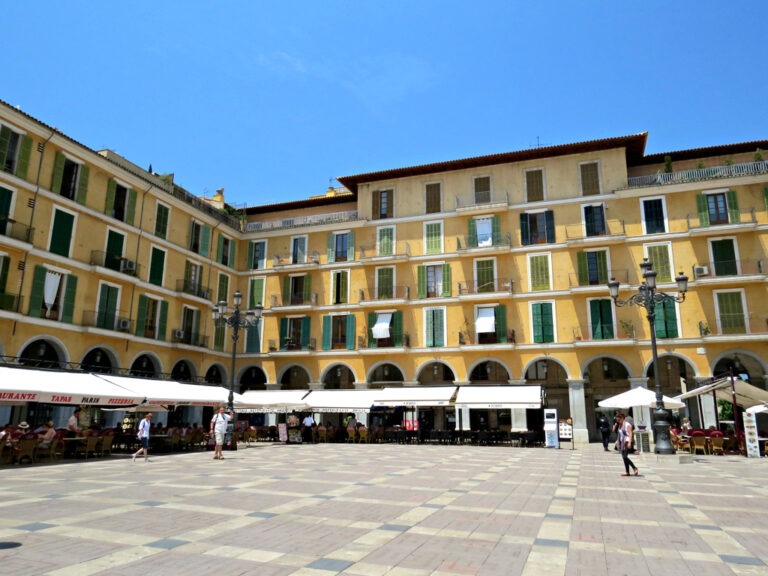
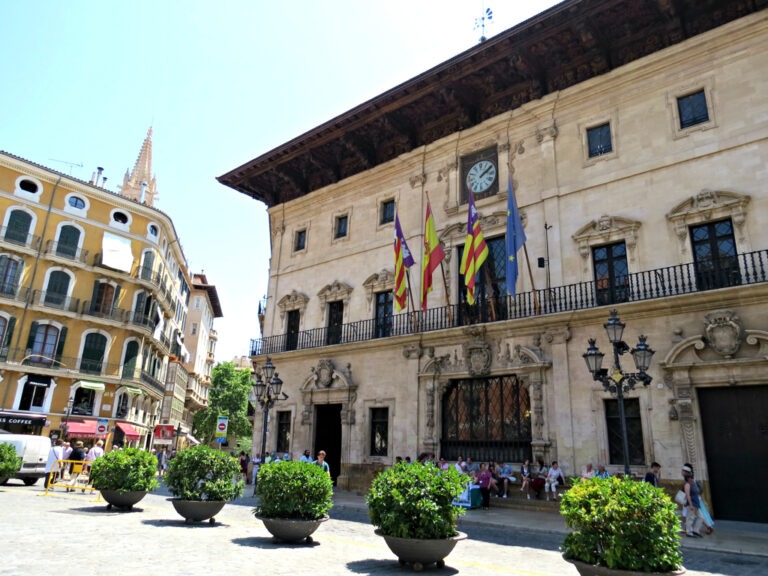
We stopped at the many artsy stalls in the squares. We stopped to take photos of the beautiful, luminous streets. We even stopped to get some ice cream because it simply felt like it was the time and place to do so. I also got to try an ensaïmada that I got from a stand at the Olivar Market. Ensaïmadas are from Mallorca, so I was really excited to try something local. Just as a side note, ensaïmadas are not vegetarian. I’m a pescatarian myself, but I am always open to trying new things once even if it has meat. Ensaïmadas are made with typical pastry ingredients like flour, eggs, sugar, water, and then saïm, which is a type of pork lard. Most Americans are unaware that many European pastries are made with lard, so just keep a lookout! For all my meat-eating readers, ensaïmadas are delicious!

Spanish Art
We ran into an art museum and we thought, why not? We had nothing particularly specific planned for the day. It was a day dedicated to just roaming around — I love when a day like this is in my itinerary. While it is important to make plans and map all the things you want to see, I always tell people to schedule either the first day or last day as a free day. No expectations, just pure exploration.
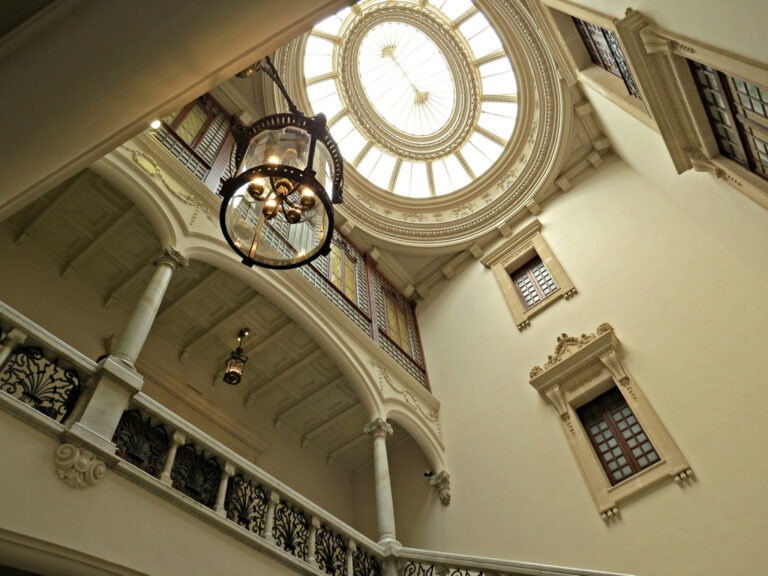
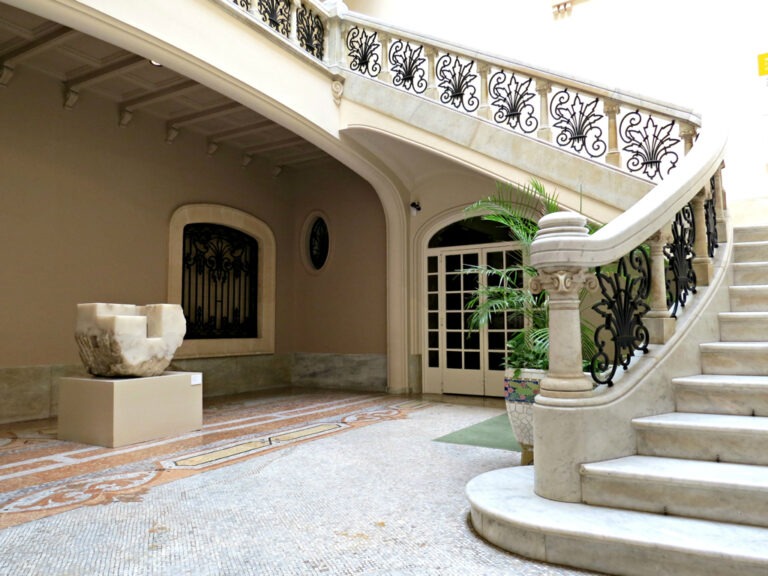
One surprise was the Museu Fundación Juan March, an art museum dedicated to 20th century Spanish artists. This small collection contains so many wonderful examples of great Spanish art including Miró, Picasso, Juan Gris, Dalí, and the sculptors Eduardo Chillida and Julio González.
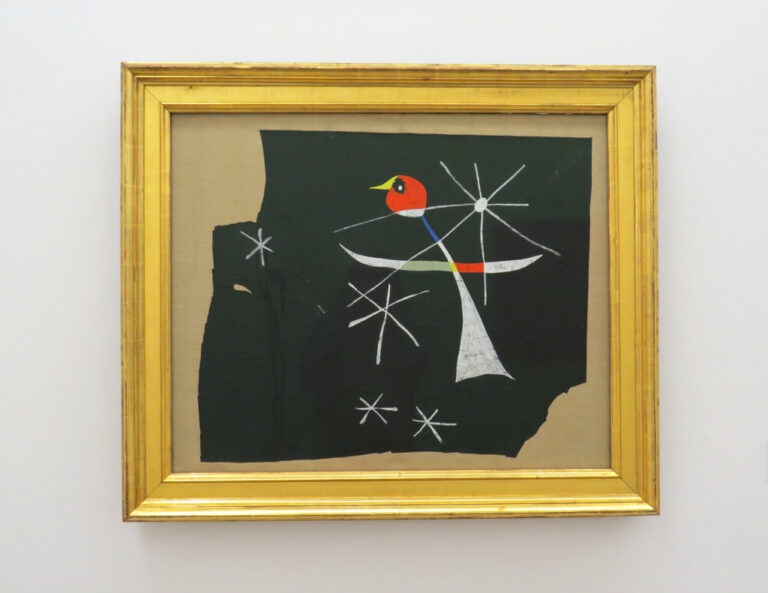
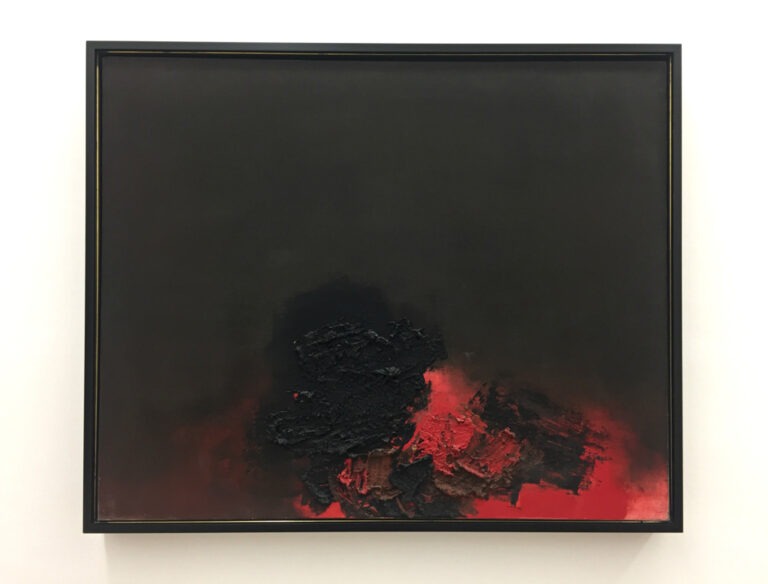
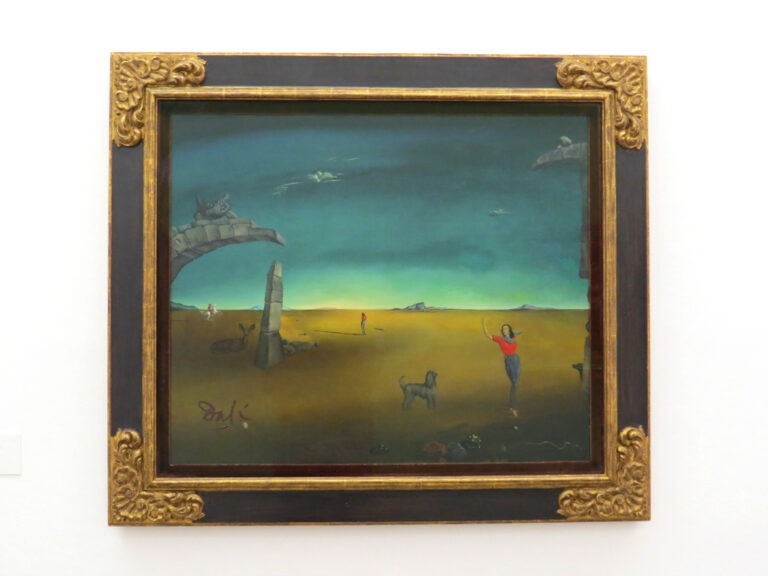
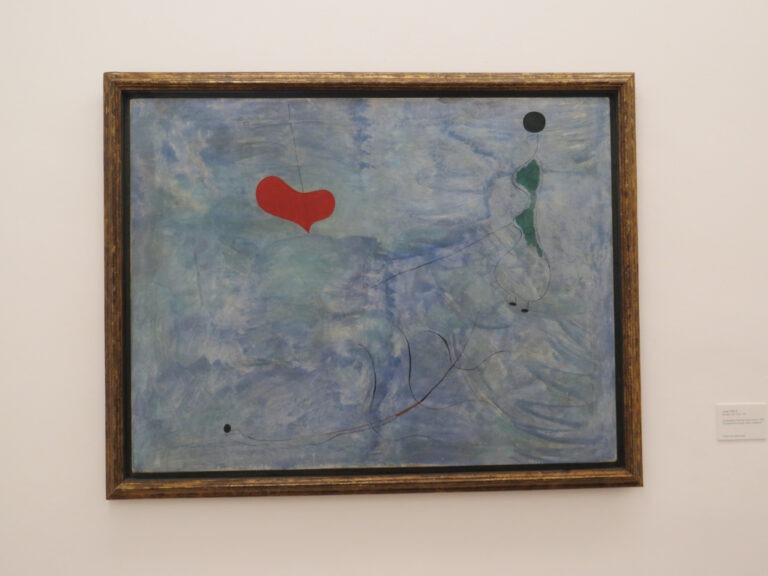
Just as a travel tip, museums in general are really great for taking a break from the sun! Palma in the summer can be incredibly hot, so just watch out! Sunscreen is a must, but also taking little breaks throughout the day is great too.

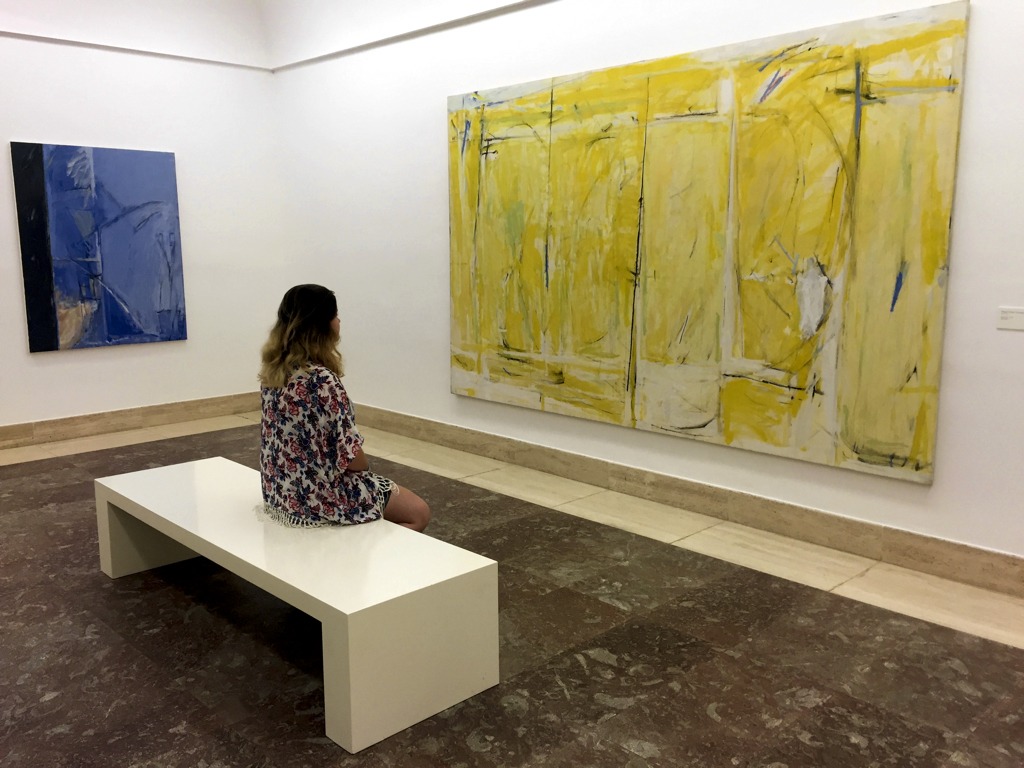
The Cathedral
Probably the most well-known landmark of Palma is the enormous Cathedral. Formally called Palma Catedral de Santa María de Palma de Mallorca, this stellar piece of work was built in 1601.

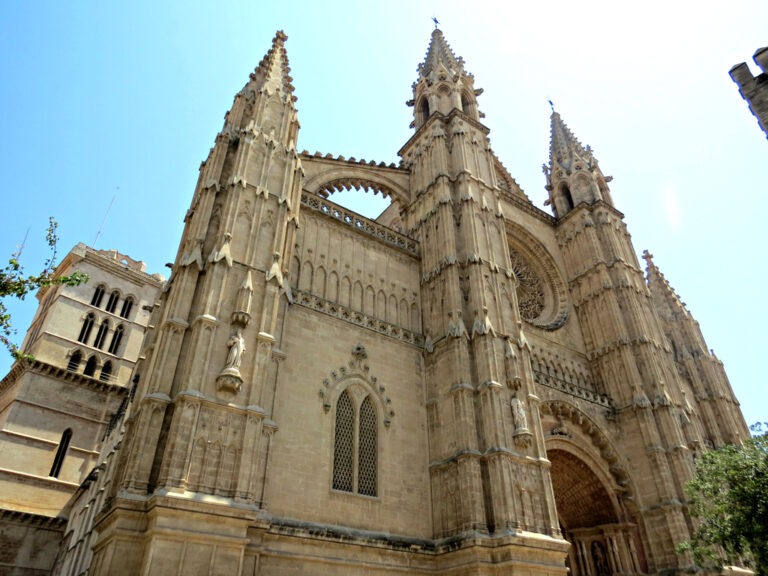
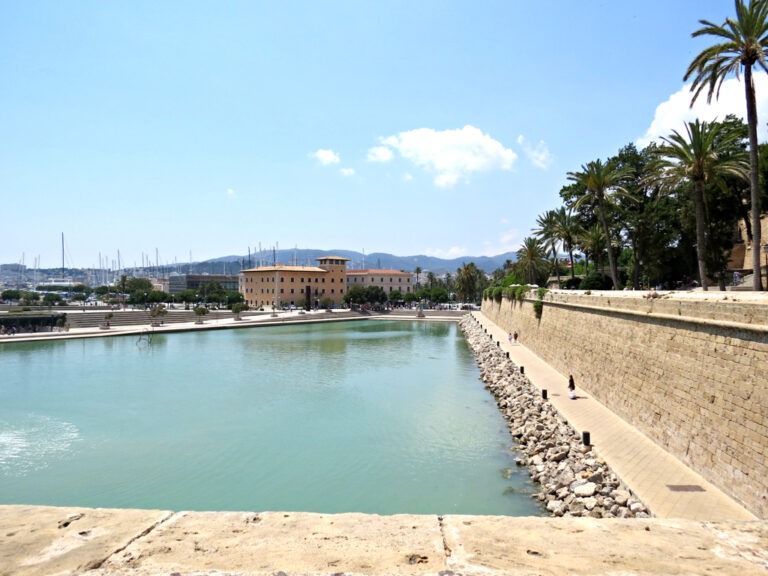
The cathedral has gone through several periods of restoration, but one interesting tidbit is that Antoni Gaudí was invited to take over the project in 1901. While his oversight did not last long, there were some aesthetic changes made to the cathedral. One such addition under Gaudi’s supervision is the enormous crown-of-thorns illuminated canopy that hangs over the altar (designed by a colleague). It is wonderfully modern and contrasts beautifully with the Gothic structure around it.
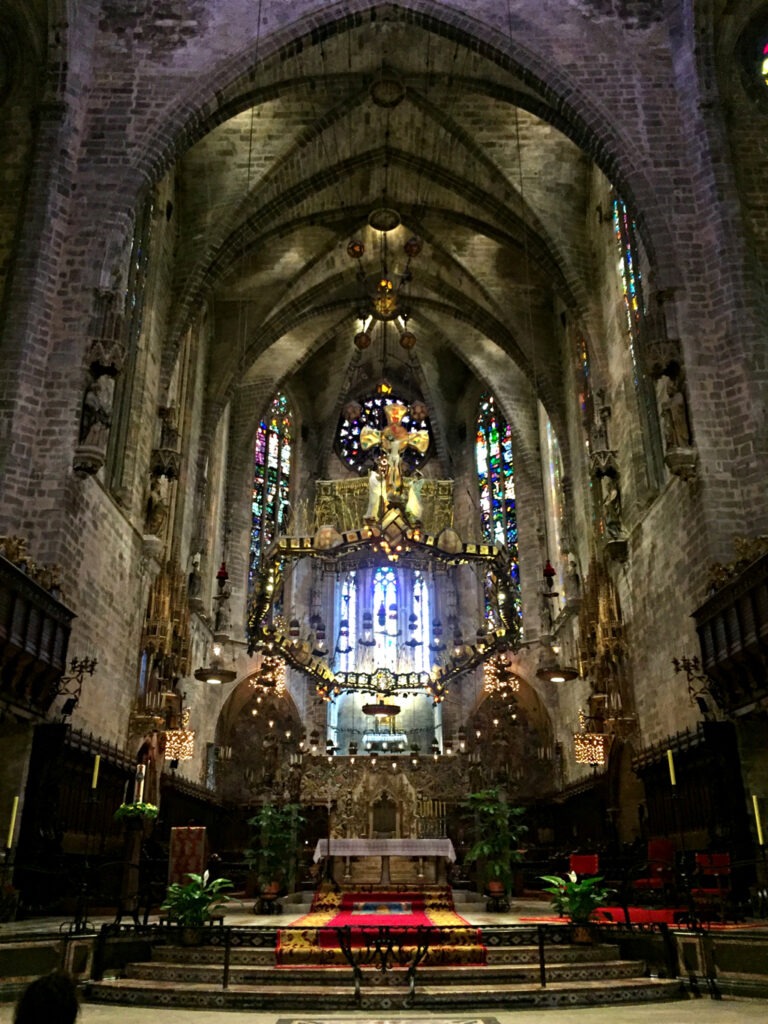 We explored the entire perimeter of the Cathedral, admiring views of the sea. You can see the old city walls which indicates this area is the oldest part of the city. One factoid I learned is that before the Cathedral there was a Mosque directed at Mecca, as is traditional is the Islam faith. The Cathedral was built upon the foundation of the old Mosque and so the Cathedral also faces Mecca, as opposed to perhaps a better suited city like Jerusalem.
We explored the entire perimeter of the Cathedral, admiring views of the sea. You can see the old city walls which indicates this area is the oldest part of the city. One factoid I learned is that before the Cathedral there was a Mosque directed at Mecca, as is traditional is the Islam faith. The Cathedral was built upon the foundation of the old Mosque and so the Cathedral also faces Mecca, as opposed to perhaps a better suited city like Jerusalem.


The Castle
Shally and I had grown tired of the beach. By this point I was getting sunburned, and Shally isn’t the biggest fan of beaches, so we decided to go explore some areas around Palma. This was completely spontaneous, but I’m so happy we decided to do this little side adventure!

 Our first stop was Castell de Bellver, a Gothic-style castle. I don’t think either of us knew what to expect, but in hindsight I wish I had worn better shoes. Turns out we had to climb a million steps with no shade and on the hottest day known to mankind. Okay,—perhaps a little dramatic—but it did feel like the never-ending staircase. Once we got to the top it was a bit confusing as to how to buy a ticket. We finally found the ticket office, which was maybe 2 minutes away from the entrance… I think the sun was getting to us at this point.
Our first stop was Castell de Bellver, a Gothic-style castle. I don’t think either of us knew what to expect, but in hindsight I wish I had worn better shoes. Turns out we had to climb a million steps with no shade and on the hottest day known to mankind. Okay,—perhaps a little dramatic—but it did feel like the never-ending staircase. Once we got to the top it was a bit confusing as to how to buy a ticket. We finally found the ticket office, which was maybe 2 minutes away from the entrance… I think the sun was getting to us at this point.
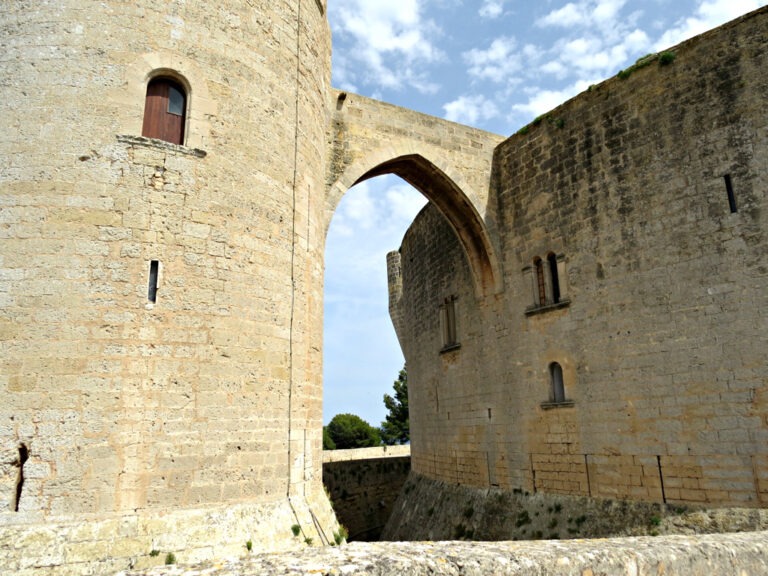
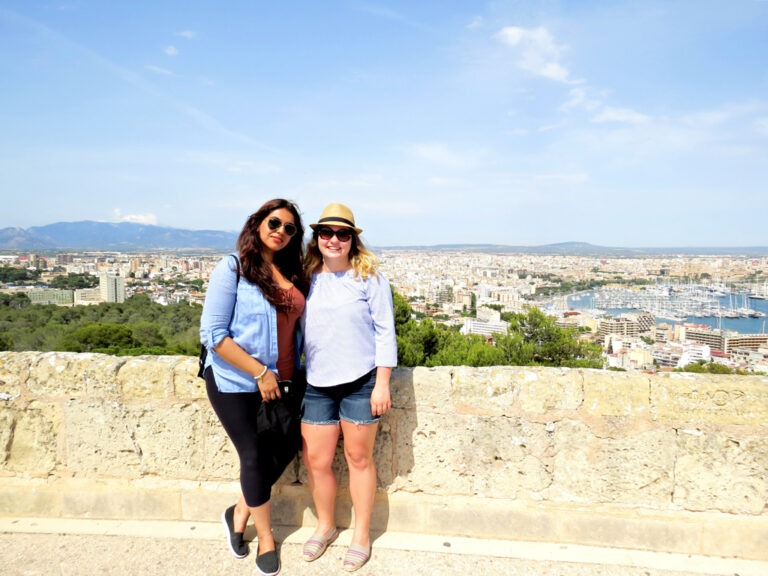

Once inside, it was really cool to explore the castle. The castle is super interesting because it is circular! I don’t think I’ve ever seen a circular castle in Europe! The most spectacular part was the view.
 Next stop: more art!
Next stop: more art!
Miró
I’ve always had a thing for art. When I was young I was always one of the best art students in class. My paintings and drawings always made it onto the school walls. I also took extracurricular art classes, where I perfected my drawing and painting skills. While I was a teenager I went to New York City to visit my aunt where she took me to the MoMA and the Met, and I learned about so many artists. When I went to college, I took Art History classes because I wanted to learn so much more. When I first went to Barcelona, Victor took me to the Picasso Museum. From there, I went to visit all of Gaudi’s works. I also went to Fundació Joan Miró, high atop Montjuïc. I recognised Miró, but I had never been so immersed in the world of Miró. That’s why when I found out there was Miró museum in Palma, I had to go. Shally is an artist in her own right, so she was also eager to go.

 Miró was from Barcelona, but like many artists at the time, he moved to Paris. In Montparnasse he moved from studio to studio, but he returned to Catalunya each summer. When he was 45 years old, he decided that his situation in France was scarcely better than it had been in Spain. He then wrote “I Dream of a Large Studio,” an essay for a French art review. A few decades later, Miró settled in Mallorca permanently. Mallorca was not a random choice, as his mother was from there and he married his wife, Pilar Juncosa there. According to Miró, “Mallorca is really a very lovely country, where some places still have the freshness of the first days of the creation.” He drew inspiration from the island, painting his new studio and house.
Miró was from Barcelona, but like many artists at the time, he moved to Paris. In Montparnasse he moved from studio to studio, but he returned to Catalunya each summer. When he was 45 years old, he decided that his situation in France was scarcely better than it had been in Spain. He then wrote “I Dream of a Large Studio,” an essay for a French art review. A few decades later, Miró settled in Mallorca permanently. Mallorca was not a random choice, as his mother was from there and he married his wife, Pilar Juncosa there. According to Miró, “Mallorca is really a very lovely country, where some places still have the freshness of the first days of the creation.” He drew inspiration from the island, painting his new studio and house.

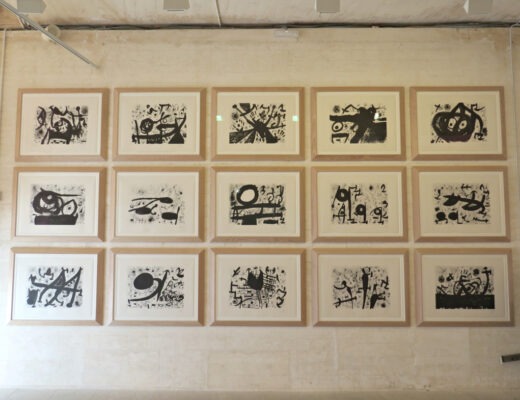
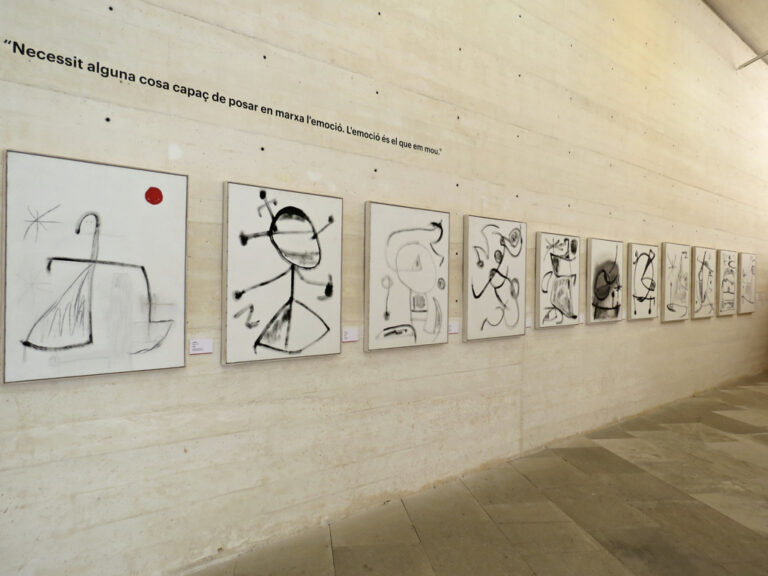
Today, that very studio is part of the Fundació Pilar i Joan Miró. The museum holds more than 6,000 works by the artist. Shally and I humoured ourselves by interpreting Miró’s sculptures. Once going through the museum we took a break at the cafe and just enjoyed our very sunny afternoon.
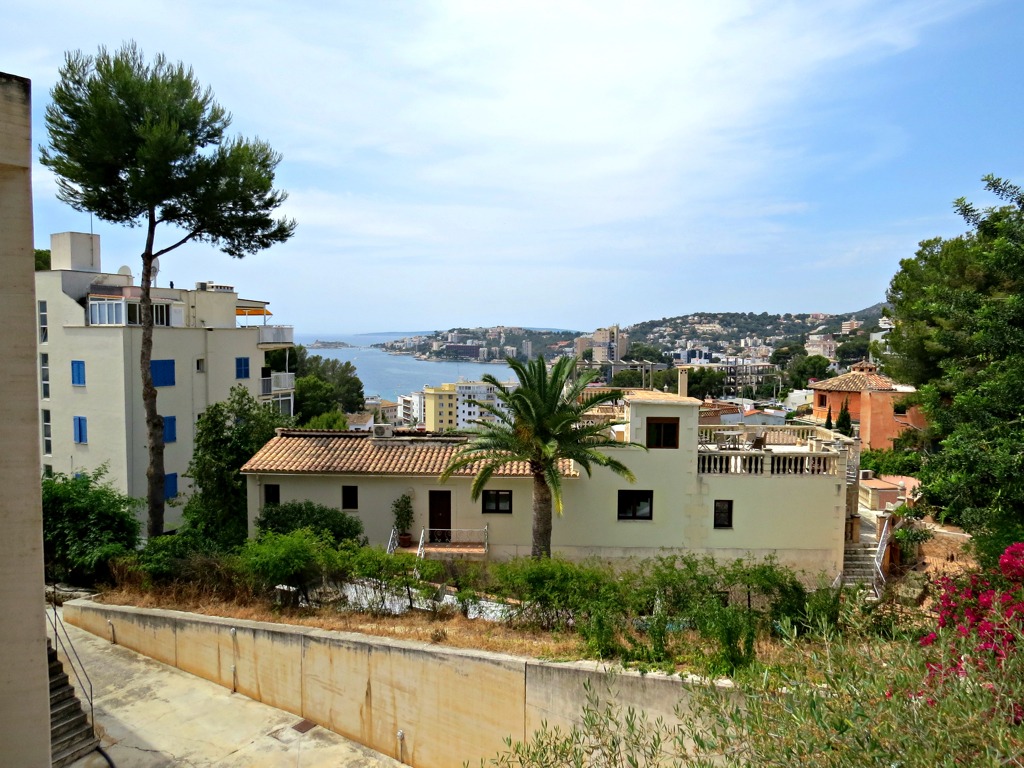
 The museum is spectacular, but it is truly amazing to see Miró’s studio. This is where the magic happened.
The museum is spectacular, but it is truly amazing to see Miró’s studio. This is where the magic happened.



Palma de Mallorca is the most beautiful blend of nature and culture. On your way to Spain? Check out my other blogs posts!

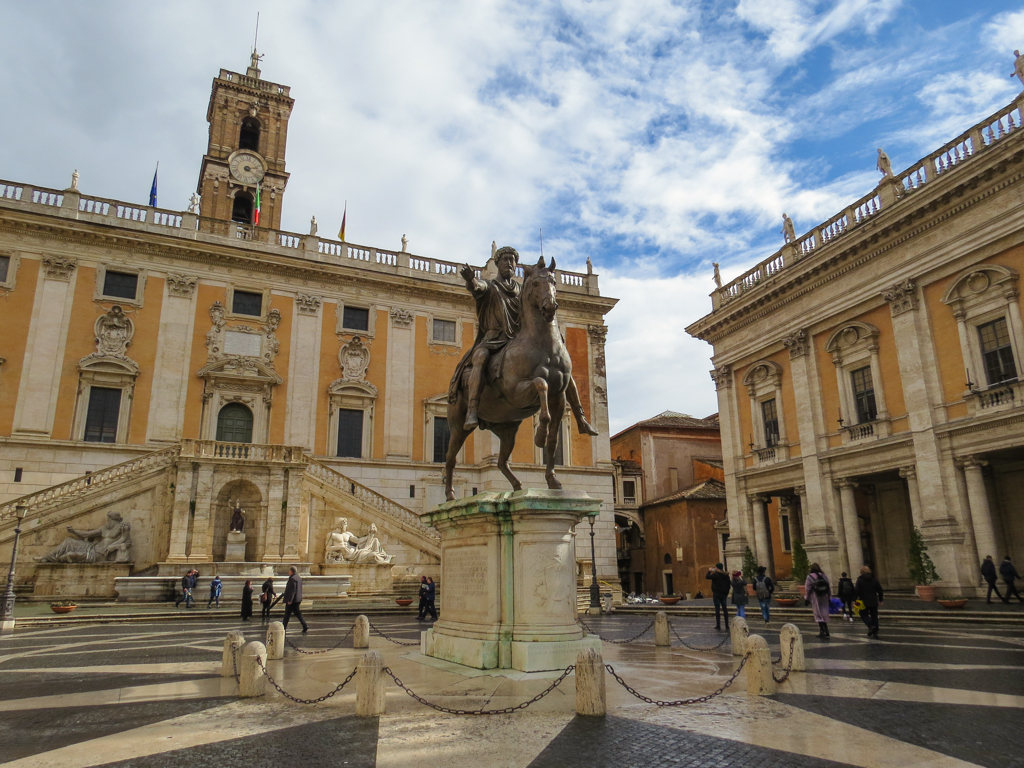

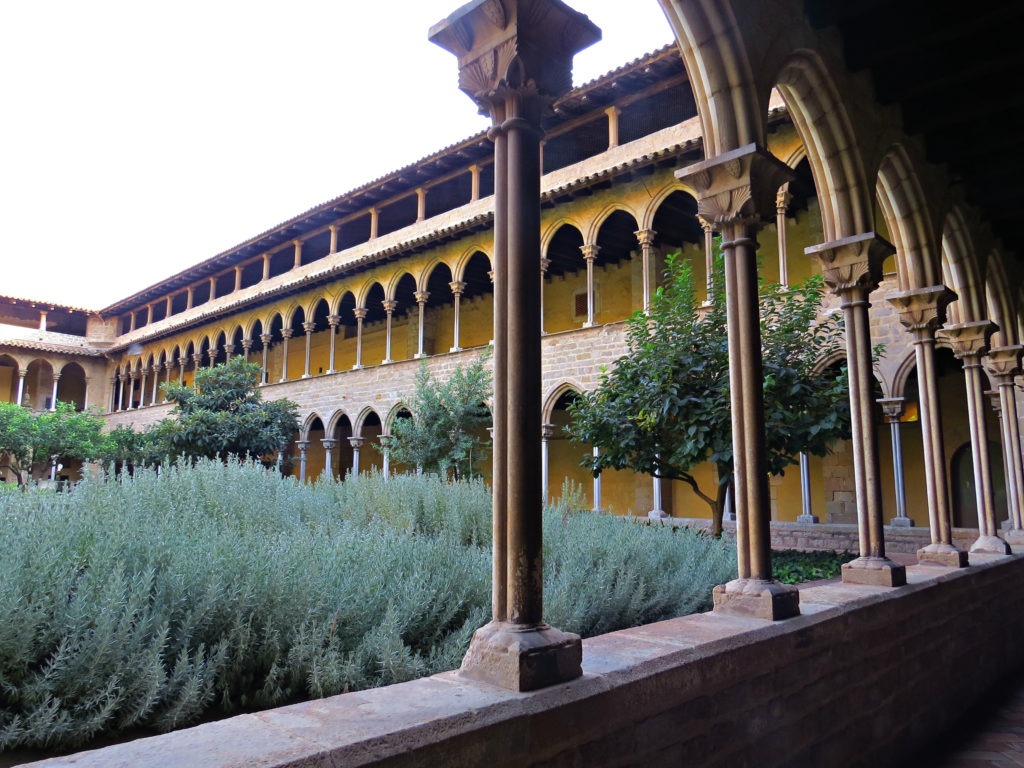
No Comments